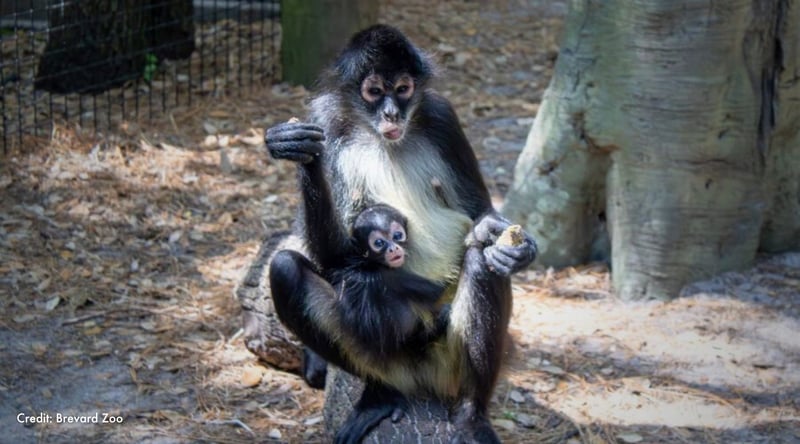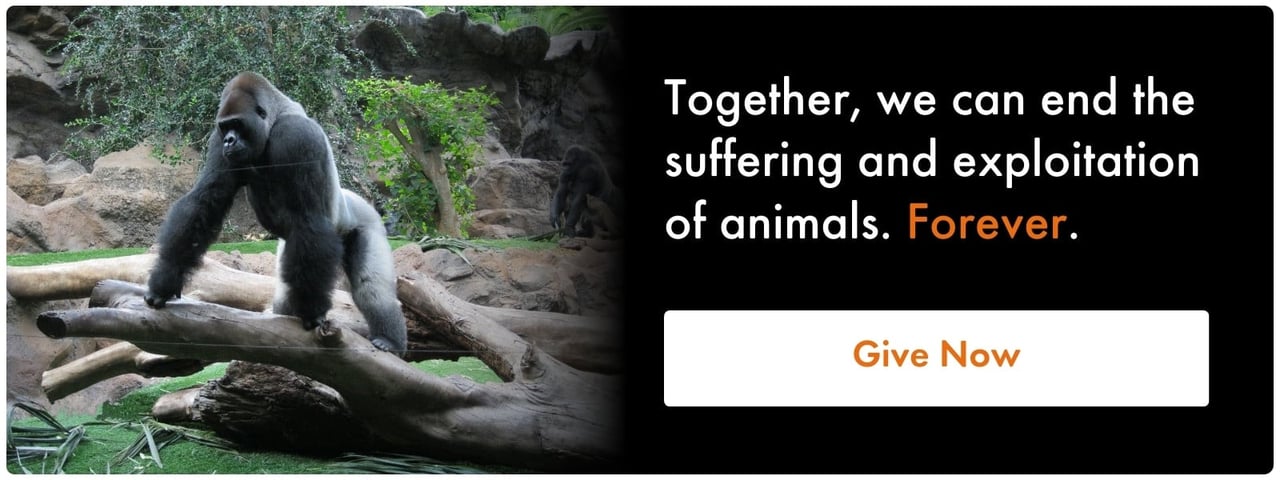
Daisy's Infant Spider Monkey (2025-2025)
Obituary
An unnamed four-month-old black-handed spider monkey was found unresponsive in his enclosure at Brevard Zoo in June 2025.
An unnamed four-month-old black-handed spider monkey was found unresponsive in his enclosure at Brevard Zoo in June 2025. The baby was taken to the zoo’s veterinary center, but he died soon after. The zoo has not been able to determine the cause of death and is conducting testing.
Seven species of spider monkeys live in the tropical rainforests of Central and South America. They are named for their long limbs and tails, which resemble spider legs. Like most nonhuman primates, spider monkeys are highly social and live in groups with as many as 40 members. In zoos, spider monkeys cannot experience the dynamic and rich social lives they would have in the wild. Spider monkeys have dynamic social structures called “fission-fusion.” This pattern refers to when larger communities break into small, everchanging groups, giving individuals the chance to interact with different individuals as they desire.
All species of spider monkeys are critically endangered, and their populations are declining. Major threats include habitat destruction or degradation for agriculture and road expansion, hunting, and the pet trade. Spider monkeys are a critical part of their environments. Trees rely on animals to carry their seeds to new, hospitable areas. Spider monkeys eat fruits containing the seeds and then travel long distances which increases the likelihood that the seeds will land in new places.
Spider monkey conservation is critical to ensuring these animals are alive fifty years from now. But breeding them in captivity in zoos thousands of miles from their natural homes is not true conservation. Only be protecting spider monkeys in their natural habitats
World Animal Protection urges everyone who loves monkeys to avoid zoos and enjoy them at accredited sanctuaries or in the wild.
